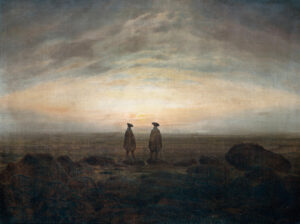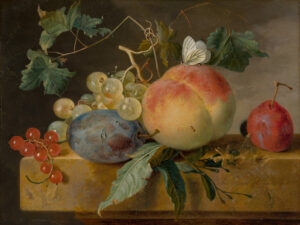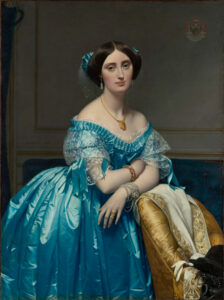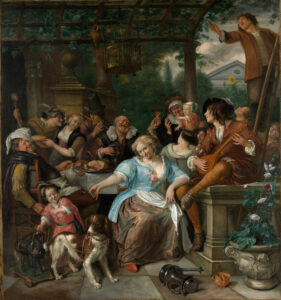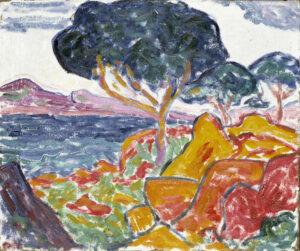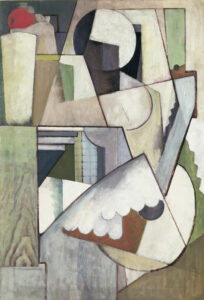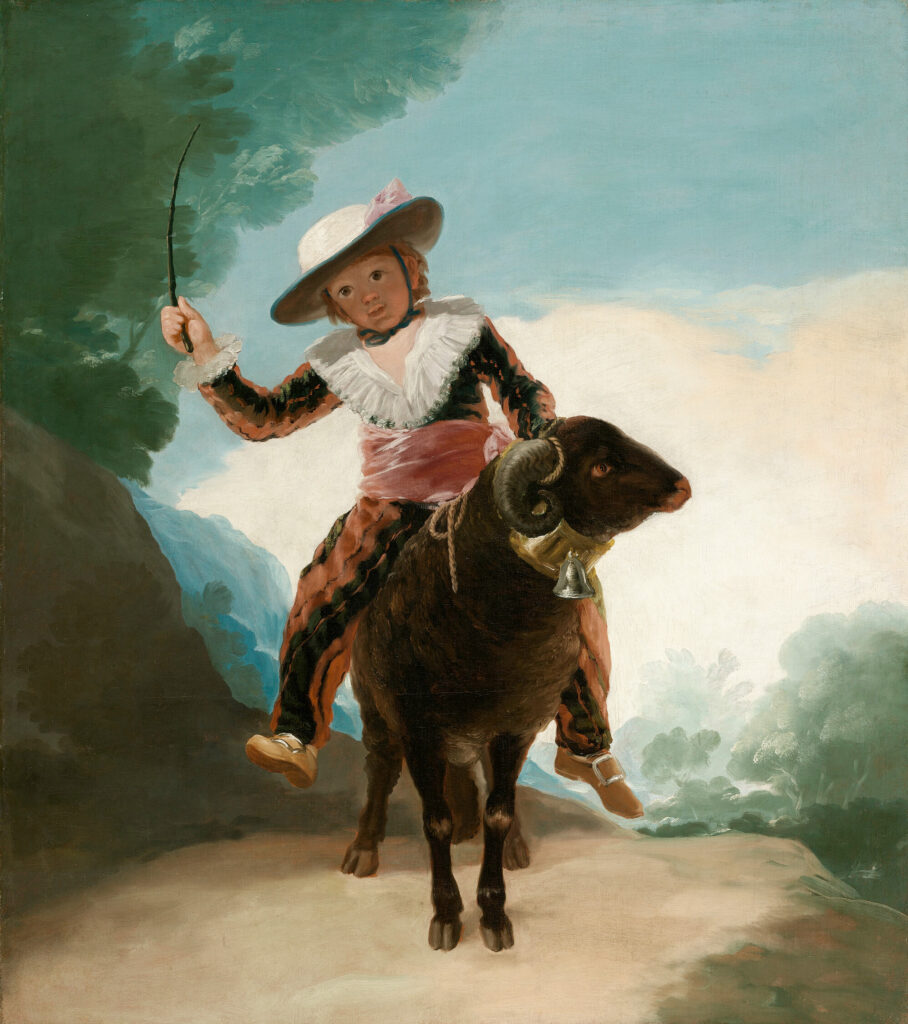
This work by Francisco de Goya demonstrates the artist’s virtuosity in Spanish royal decorative art. Conceived as a cartoon for tapestry intended for the Pardo Palace near Madrid, this painting reveals Goya’s creative imagination.
The composition presents a young boy riding a ram with natural grace, embodying the innocence of childhood in an idealized bucolic setting.
The pictorial execution demonstrates Goya’s exceptional technical mastery: delicate modeling of flesh, silky rendering of animal fleece, and harmonious chromatic palette in golden tones. This oil sketch, preparatory to the large woven cartoon, preserves all the spontaneity of Goya’s brush.
The work is part of the series adorning the dining room of the Pardo, where large panels illustrated the four seasons according to decorative tradition. Goya enjoyed complete creative freedom for these secondary panels placed above doors, allowing him to explore more whimsical themes blending children and animals in scenes full of charm and poetry.
Further information
- Boy on a Ram. Francisco de Goya, 1786–1787
- 127.2 × 112.1 cm (50 1/16 × 44 1/8 in.)
- The Art Institute of Chicago, European Painting and Sculpture, Gallery 217
- https://www.artic.edu/artworks/111559/boy-on-a-ram
Francisco José de Goya y Lucientes (1746-1828), official painter to the King of Spain, revolutionized Iberian art between classicism and emerging romanticism. A versatile master, he excelled in court portraiture, religious painting, and genre scenes. His collaboration with the royal tapestry workshop marked his beginnings, first creating small oil sketches then full-size cartoons to guide the weavers. This formative period developed his decorative sensibility and ability to combine official requirements with personal artistic vision, foreshadowing his evolution toward a darker and more visionary art.

